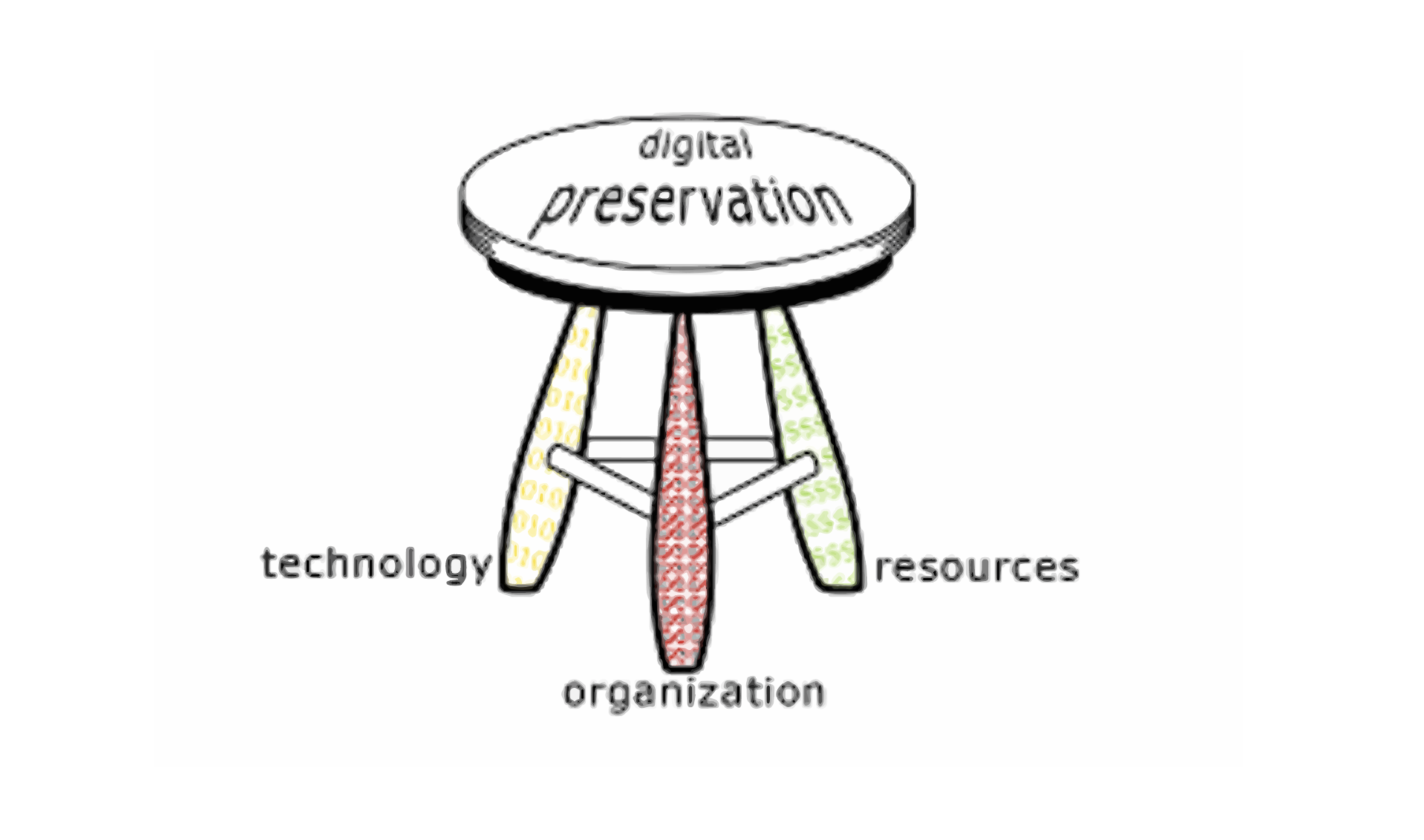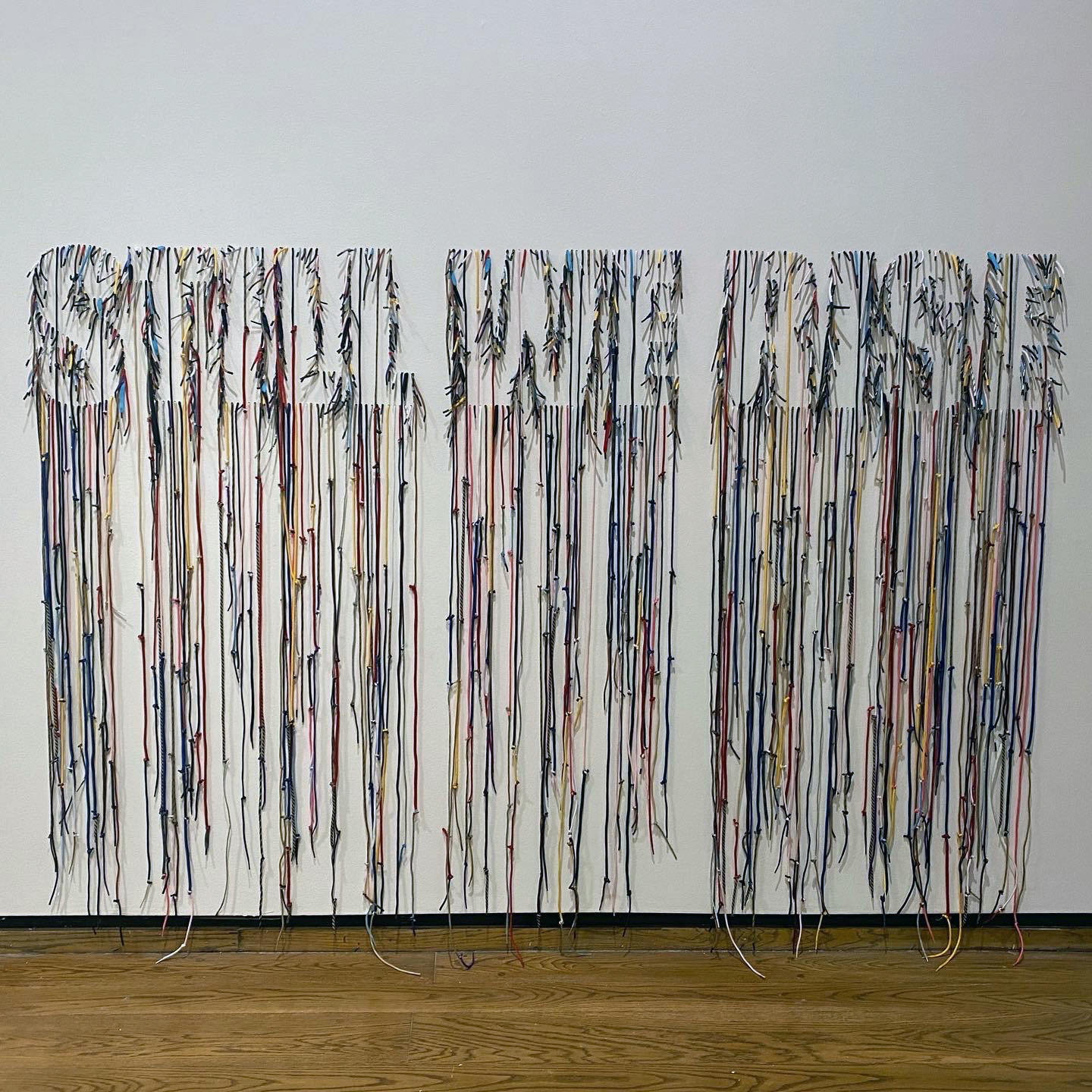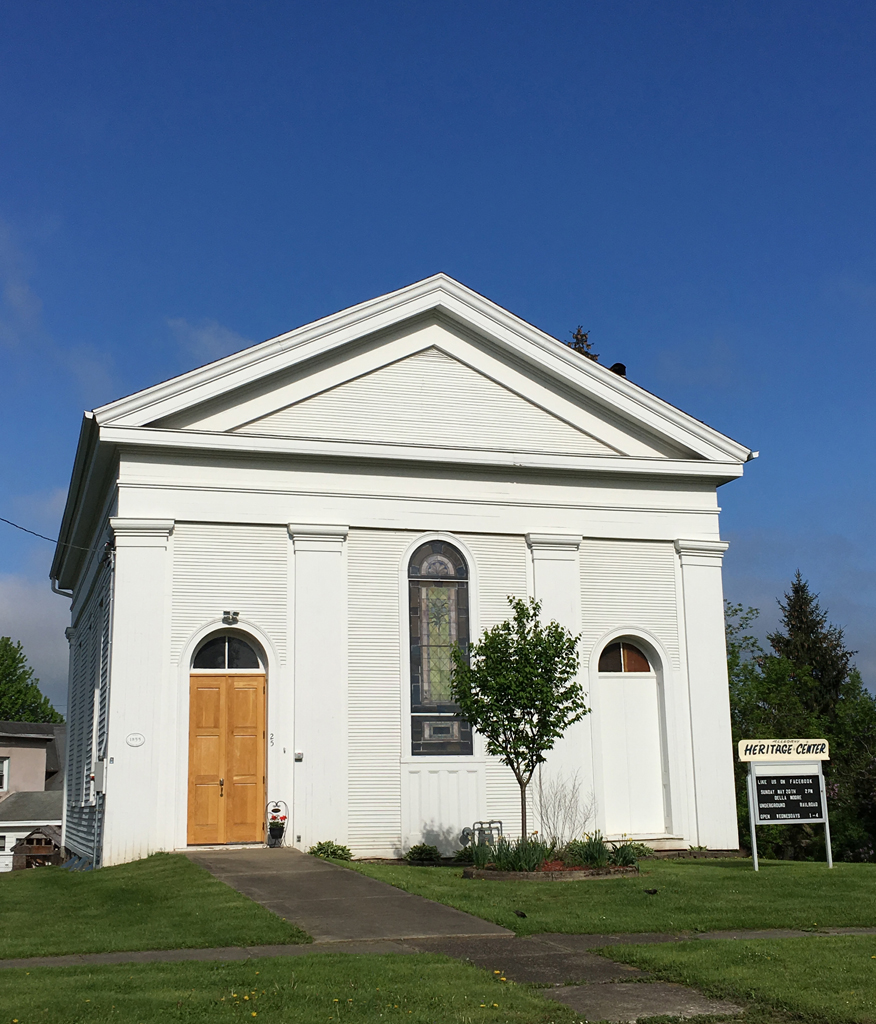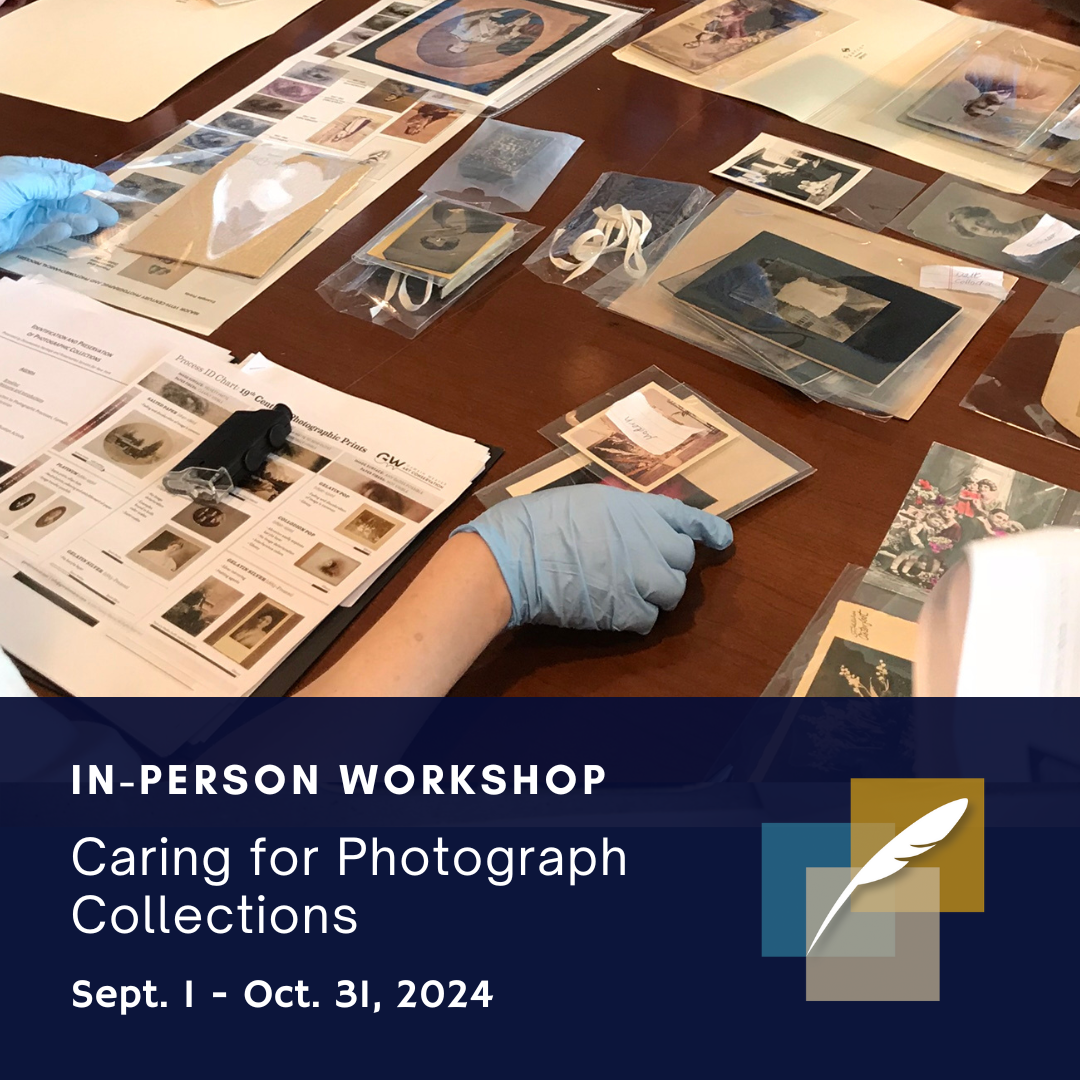We’re approaching the finish line for 2024 Planning & Assessment Services, but there’s still time to complete an application for the final round of the year! To be considered for the fall review period, be sure to submit your application by 11:59 PM EST on Friday, November 22. Applicants will be notified of their acceptance status by January 2025.
If you have any questions or need assistance, don’t hesitate to reach out—we’re here to help! You can contact us at info@dhpsny.…









